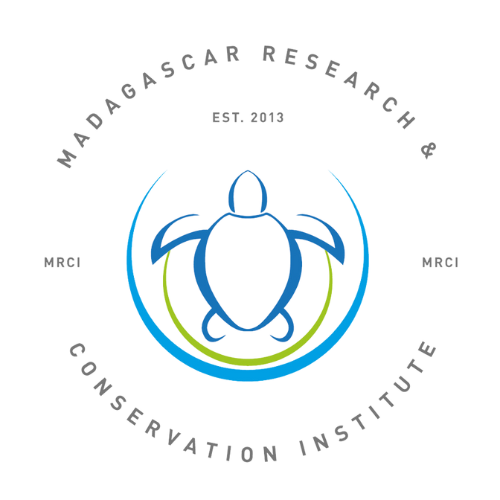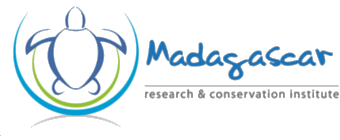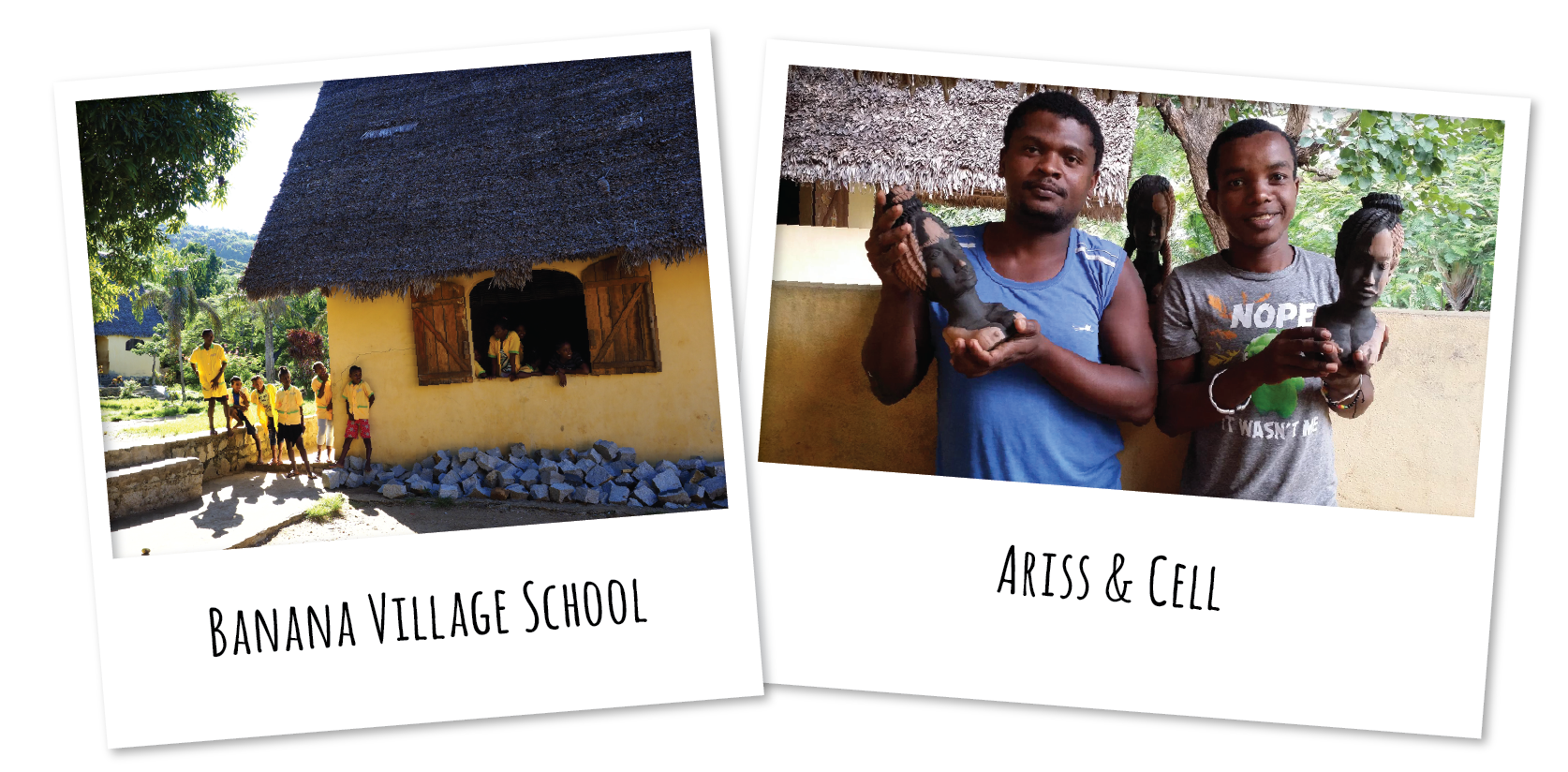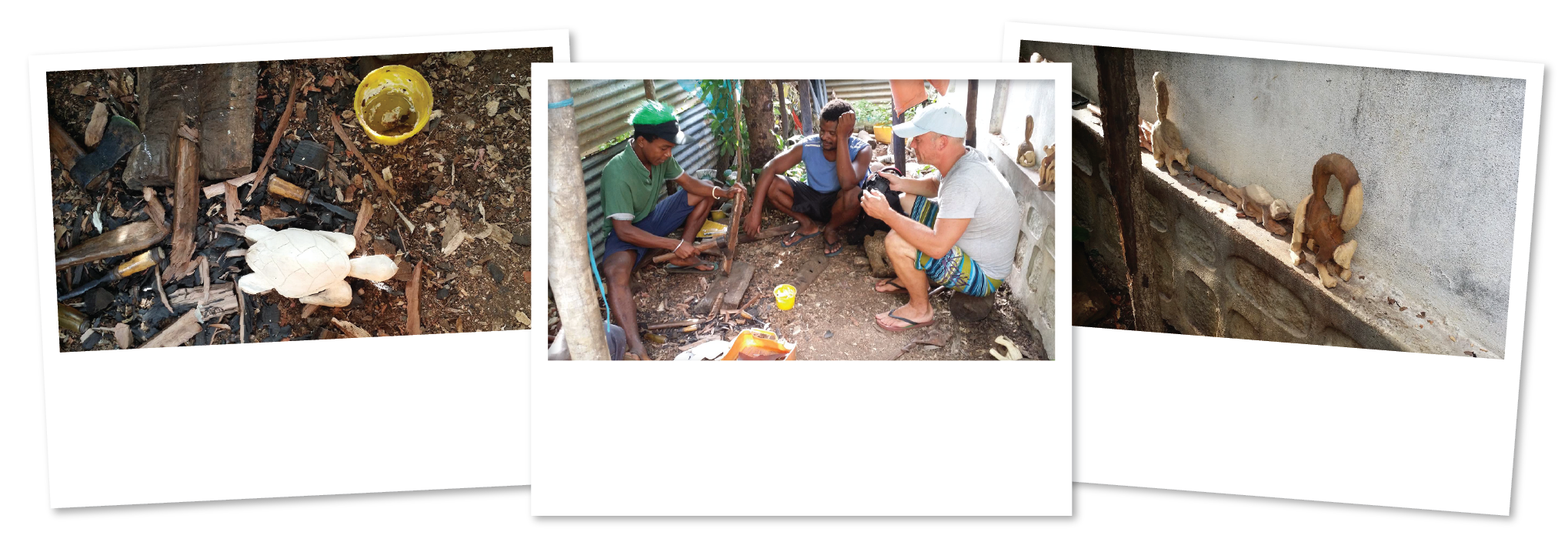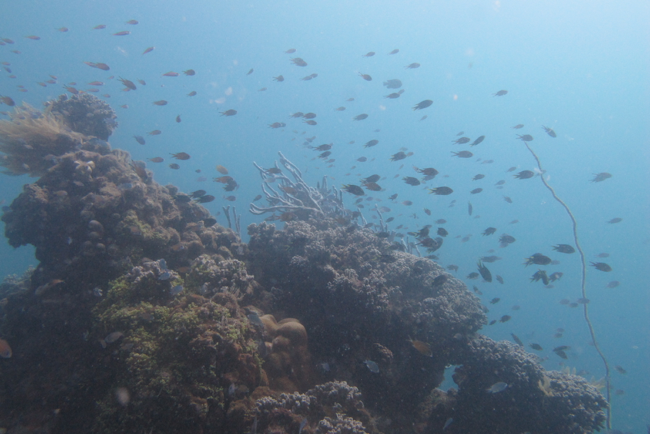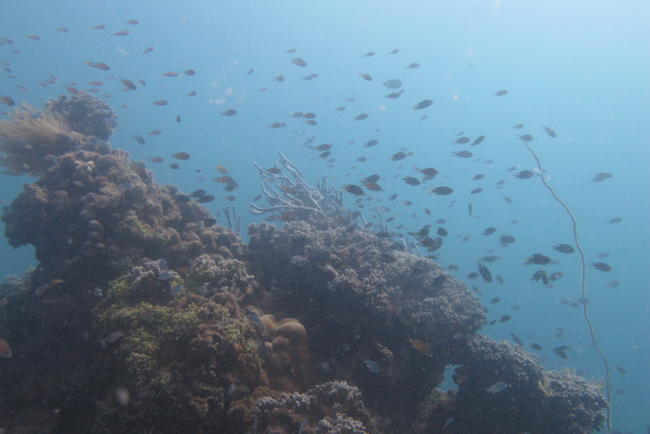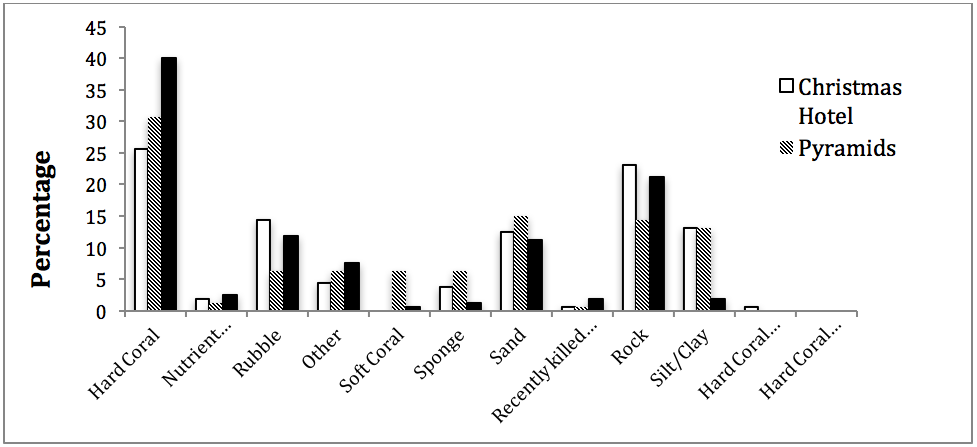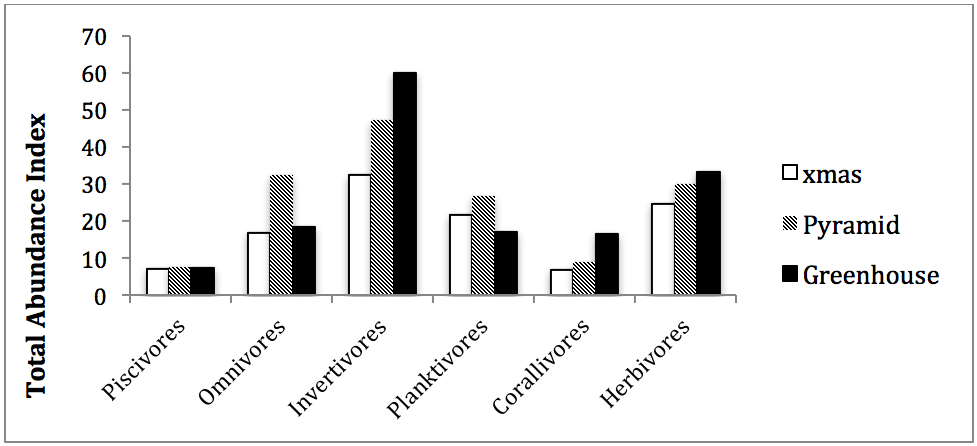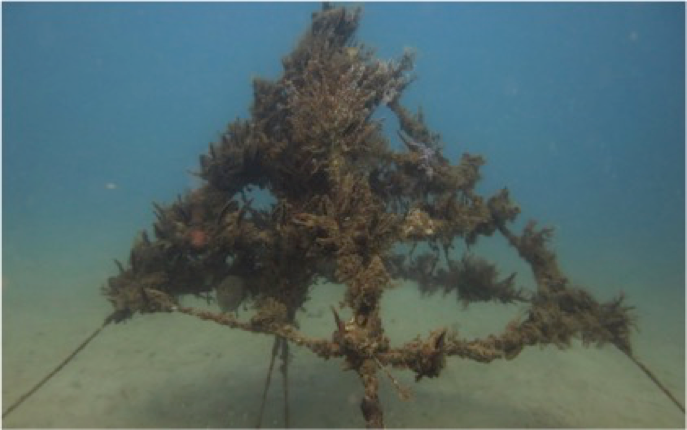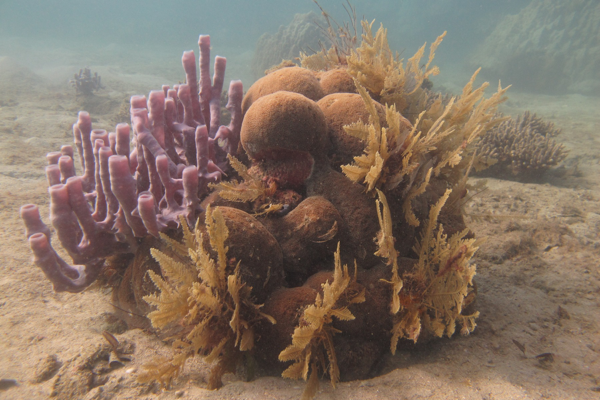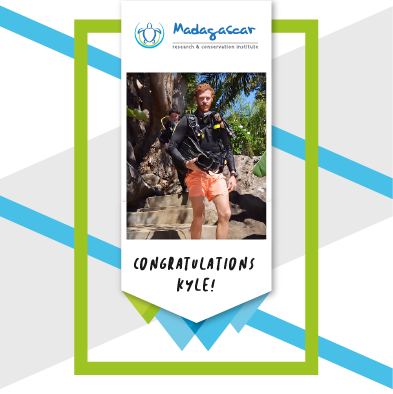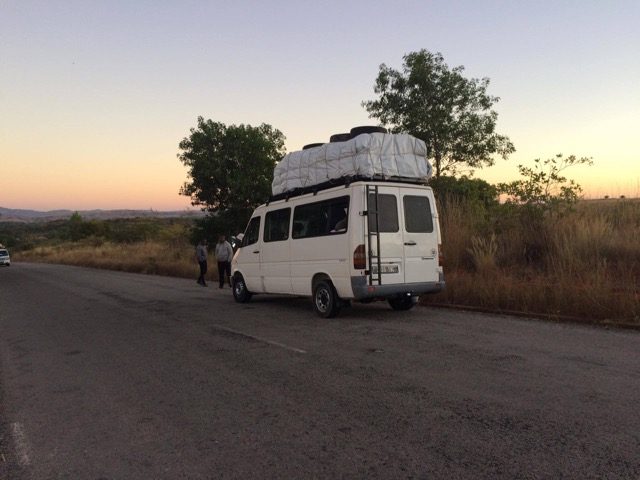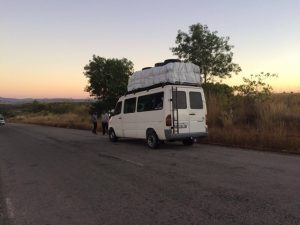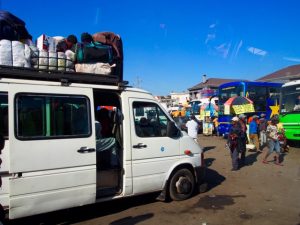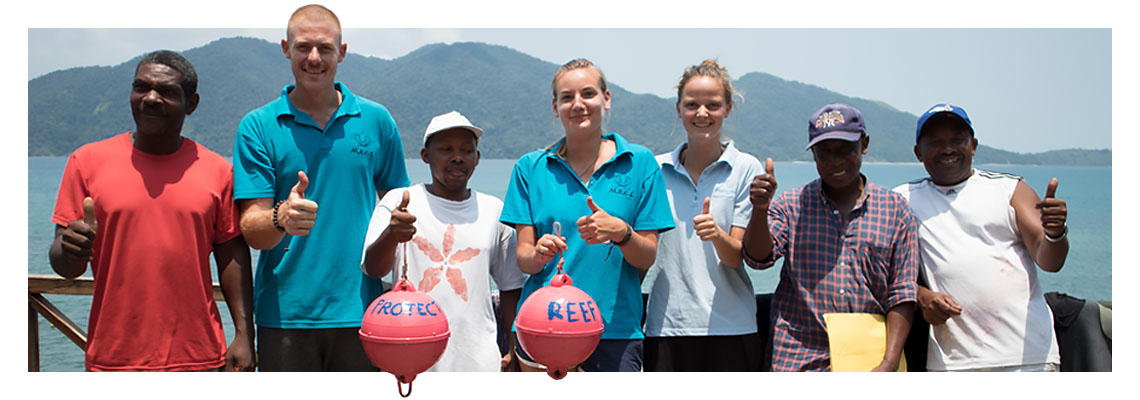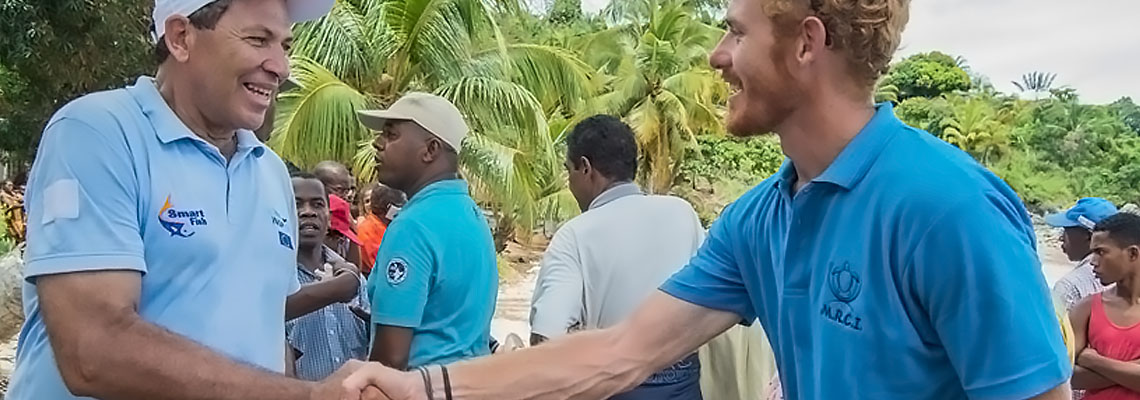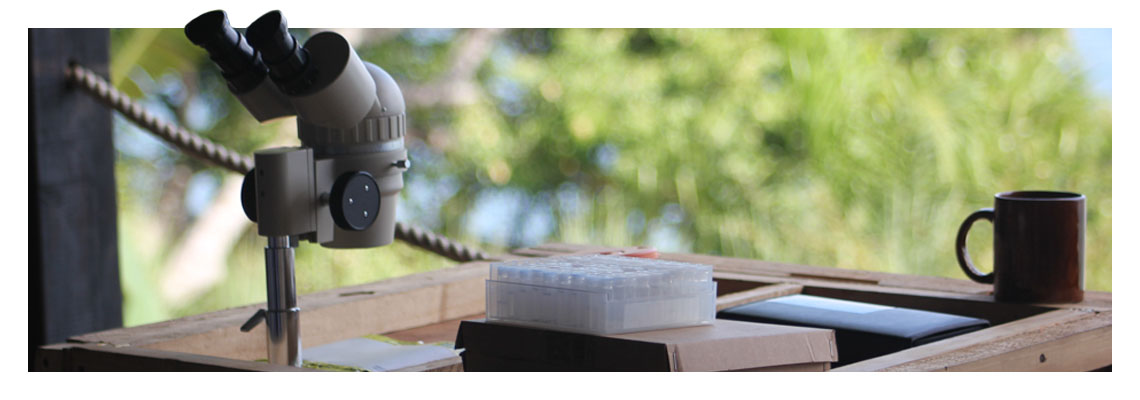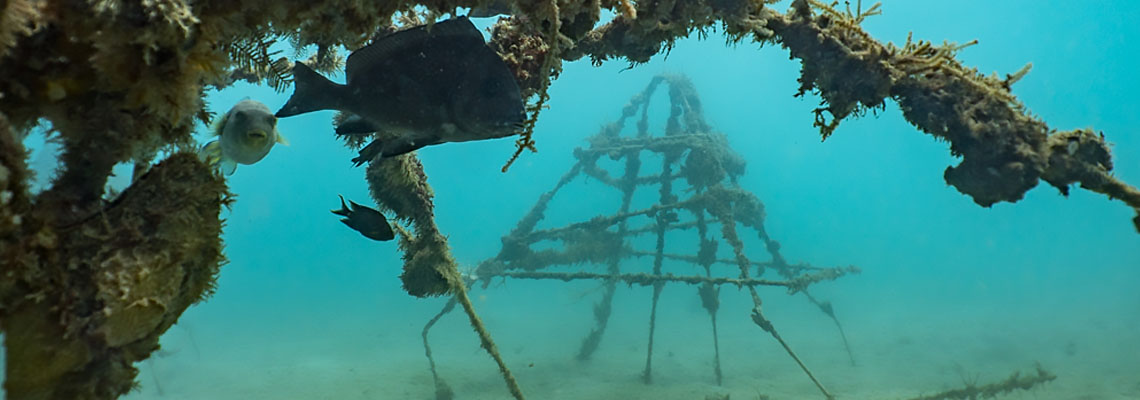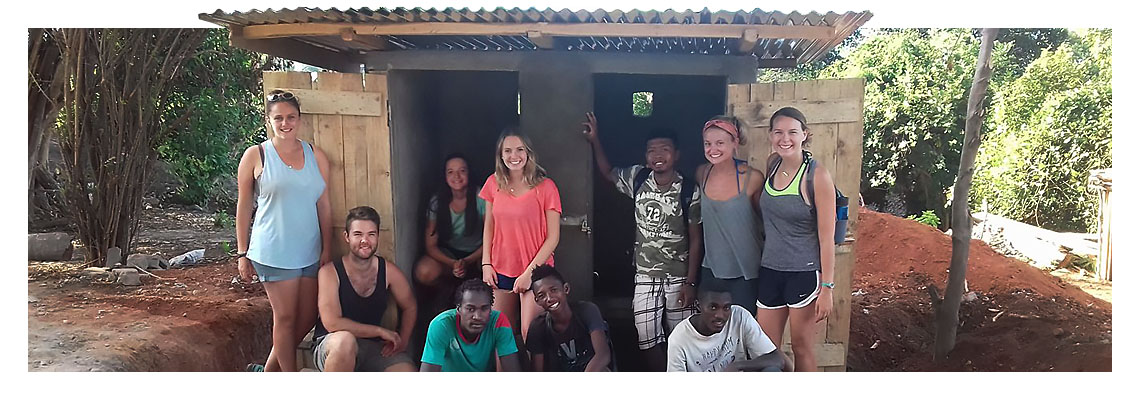English Classes in Banana Village
Author: Emily Borth
Building Friendships through English Classes
On the island of Nosy Komba, just a half-hour hike from the main village of Ampang sits Antitorona. A mix of wood and concrete buildings nestled right on the beach make up this picturesque village, with winding stone pathways leading up the mountain and into surrounding forest. Also known as ‘banana’ village, it is aptly nicknamed after the school there with its yellow uniforms and brightly painted buildings. The quiet beauty feels as if you’re inside a story book complete with a castle-like water tower near the tree-lined outer edge of the village. Working on MRCI’s teaching and construction programs, you get the chance to spend time in these small villages and get a glimpse into the lives of the people here.
Two artisans, wood sculptors named Cell and Ariss reside here on the Northeast side of Nosy Komba in this idyllic village. They have been friends for a couple of years now, bonded through their shared skillset. Ariss, the older of the two has two children he works hard to support. Originally from the neighboring island of Nosy Be, he serves as a de facto older brother figure for the younger Cell, born and raised here in Antitorona. They make a living mainly from the thriving tourism industry on Nosy Komba. On most pieces, they work together taking it in turns as they hone their craft. Each intricately carved work of art can take anywhere from half an hour to more than three hours depending on its size and complexity. They create beautiful carved wooden pieces and sell them in a few shops in the main village of Ampang.
We got to know them a few months ago when they began attending English classes in Antitorona held three times per week. MRCI teaches beginner and advanced English classes there for children, teens and adults. Thanks to donations from our generous volunteers, we stocked the classrooms with pens, notebooks and other school supplies and even provided a new whiteboard. Since many tourists to the area speak English, Cell and Ariss are hopeful that with a better grasp on the language, they can increase sales. They dream of one day expanding their business further and maybe even opening their own shop.
Just a few weeks ago, they created a beautiful wooden sign for MRCI’s newly built plant nursery, commissioned by volunteers on the forest program. In recognition of their hard work on the project, volunteers named the nursery after our Forest Officer, Menjah and former Forest Intern, Charles. The nursery will forever be known as Marles’s Nursery, denoted with a beautifully carved wooden sign (thanks to Ariss and Cell).
Ultimately, that’s what volunteering with MRCI is all about: becoming part of the community, living alongside the people here and learning from them. Conservation work helps ensure a healthy ecosystem for generations to come. No one understands that urgency better than those who live here and depend on what nature produces year after year. Together, with whole-hearted community support and cooperation, we progress.
Read More About Our Volunteer Teaching Program!
